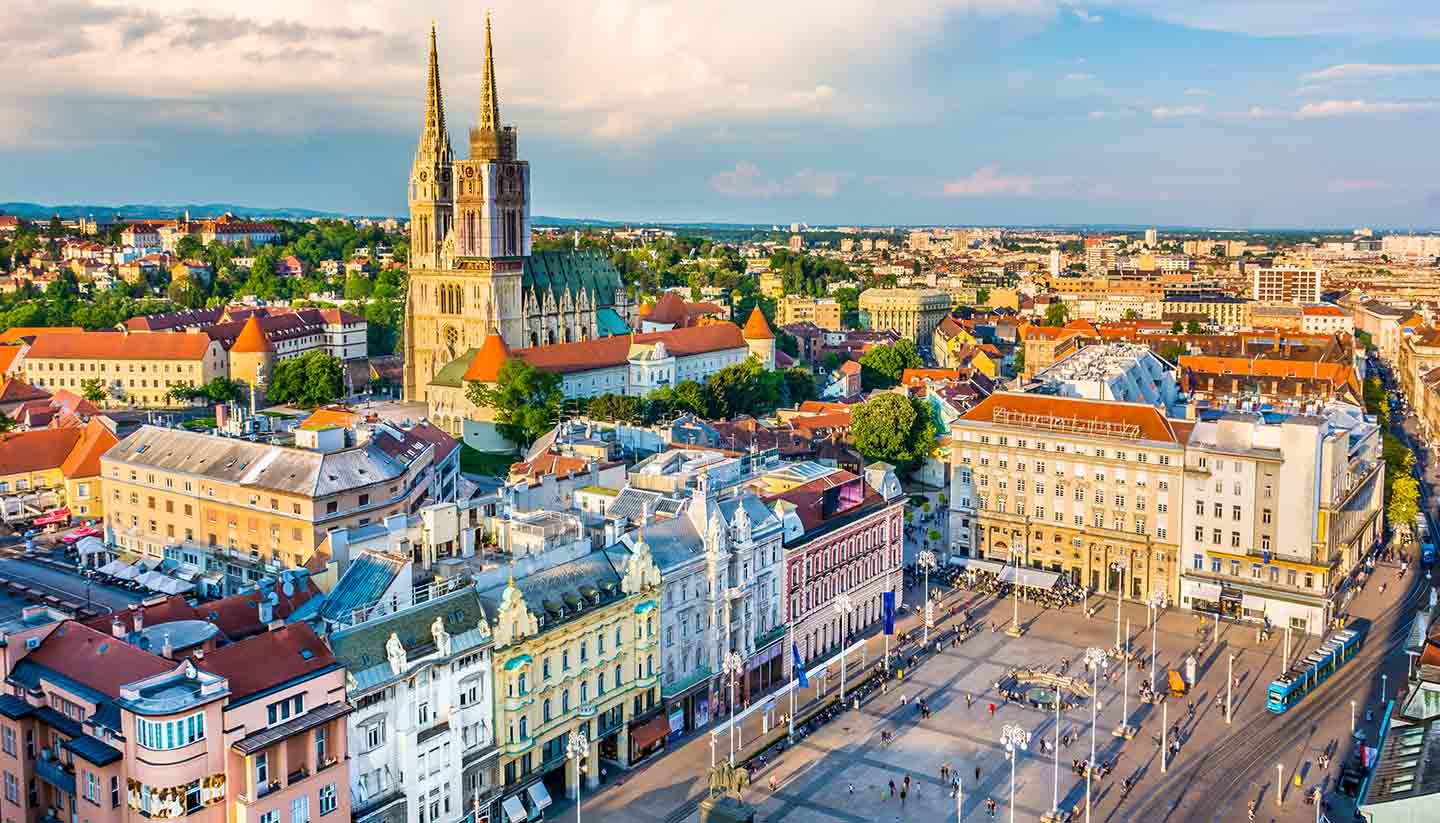Zagreb History
Over the course of a millennium, Zagreb has bloomed from two vying medieval hilltop settlements into a sprawling modern European metropolis.
Stone Age peoples, Celts and Romans are all known to have rocked up in the spot where the city lies, but modern-day Zagreb kicked off in the Middle Ages.
Zagreb began life as two separate entities, Kaptol and Gradec, which today comprise the historic Gornji grad (Upper Town). Centred around the city's landmark cathedral, Kaptol was a religious centre, while Gradec was home to craftsmen and merchants. The two groups didn’t always see eye to eye. Outsiders collectively referred to the settlements as Zagreb (meaning 'behind the hill'), although they were not officially united as the City of Zagreb until 1850.
Boom time followed, with the late 19th century characterised by the arrival of the railways and the construction of Donji grad (Lower Town). A meticulously planned grid system created many of the wide boulevards, grand squares and neat parks you see in Zagreb today.
The 20th century was one of upheaval, bookended by optimism. When Croatia severed ties with the Austro-Hungarian Empire in 1918 and forged a new union with Serbia, Slovenia and Montenegro, Zagreb’s population swelled and the city flourished.
After WWII however, Croatia became part of Yugoslavia. Although Zagreb continued to grow geographically and economically, it always stood in Belgrade’s shadow. It was only when Croatia declared independence in 1991 that Zagreb regained some lost pride and became capital city once again.
Did you know?
• Zagreb was struck by a 6.3-magnitude earthquake in 1880, spurring a massive construction programme revitalising and rebuilding many of the city’s older buildings.
• Zagreb’s Art Pavilion started life as the Croatian pavilion at the Millennium Exhibition in Budapest in 1896; the pavilion’s iron framework was transported back to Zagreb, rebuilt and opened two years later.
• With a 66-metre track, the Zagreb funicular claims to be the shortest cable car in the world.


